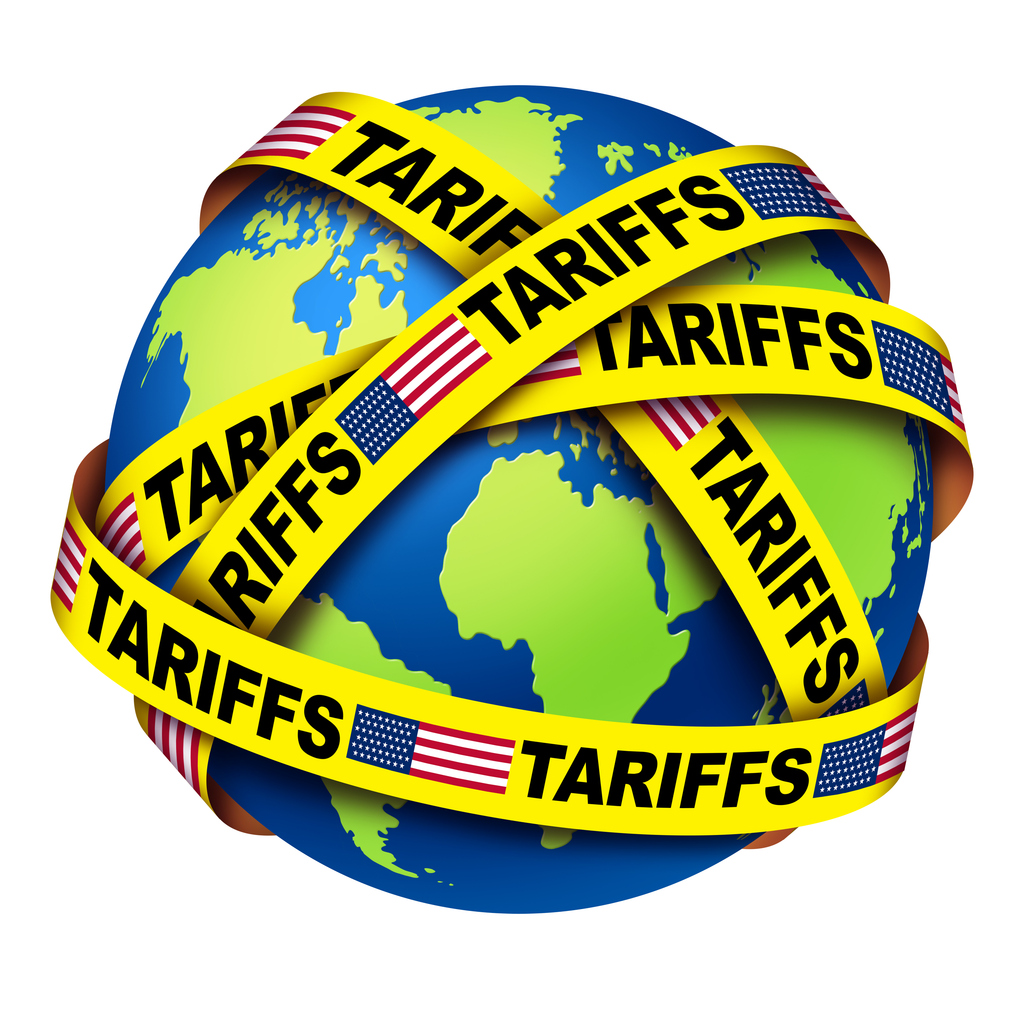-
How Supply Chains Can Adjust to New Tariffs

Global Tariffs Image In the constantly shifting landscape of global trade, businesses are once again being tested by the resurgence of tariffs. With new policies affecting imports and exports across key markets—including the U.S. and China—supply chain leaders must move quickly to assess the impact and adapt their operations. Tariffs, while often imposed for strategic or political reasons, directly affect the cost of goods, the viability of certain supplier relationships, and ultimately, the bottom line. But while these challenges can be significant, they also present opportunities for smarter, more agile supply chain strategies.
Evaluating Tariff Exposure and Operational Risk
The first step in adapting to new tariffs is understanding where and how they will affect your business. Companies must dig deep into their supply chains to identify which components, materials, or finished goods are at risk of increased duties. This includes reviewing Harmonized Tariff Schedule (HTS) codes, validating country-of-origin data, and cross-checking trade classifications for accuracy.
In doing so, organizations can quantify their exposure and prioritize which products or sourcing strategies require immediate attention. A thorough analysis of import and export data, in combination with cost modeling tools, can highlight potential financial impacts—both direct and indirect.
Rethinking Sourcing and Supplier Diversification
For many, the answer to rising tariff costs lies in diversification. Relying on a single country or supplier can leave companies vulnerable not only to tariffs but also to broader geopolitical shifts. A diversified supply base provides flexibility—allowing businesses to shift sourcing strategies quickly in response to policy changes, economic instability, or natural disruptions.
This may mean qualifying secondary suppliers in countries not subject to new duties or exploring nearshoring opportunities to reduce exposure to long-distance trade risks. While diversification can require upfront investment in supplier vetting and logistics planning, the long-term benefit is a more resilient and adaptable supply chain.
Leveraging Free Trade Zones and Bonded Warehousing
Another effective strategy for mitigating tariff impacts is leveraging duty deferral programs, such as foreign trade zones (FTZs) and bonded warehouses. These solutions allow goods to be stored, assembled, or even manufactured in special zones without triggering immediate tariff costs. Duties are only paid when the goods enter the domestic market—or in some cases, are avoided entirely if goods are re-exported.
FTZs can also help streamline customs procedures and reduce paperwork, enabling companies to operate more efficiently while managing financial exposure. This is particularly useful for companies operating global distribution models or manufacturing in multiple regions.
Building Visibility Across the Supply Chain
Visibility is a critical enabler for any supply chain strategy—but even more so in an environment with fluctuating tariffs. Companies must have a clear, real-time view into their sourcing, production, and transportation networks in order to make proactive decisions. Without strong visibility, organizations may fail to respond quickly to tariff changes, miss opportunities to reroute shipments, or miscalculate inventory needs.
Advanced digital tools—such as supply chain control towers, integrated planning platforms, and collaborative supplier networks—help create the transparency needed to anticipate issues and take action before disruptions become costly delays.
Managing Inventory for Flexibility and Efficiency
Finally, companies should rethink their inventory strategies in light of tariff-related volatility. Carrying more buffer stock in key markets might offer some protection against import delays or cost spikes—but excessive inventory increases carrying costs and ties up working capital.
Balancing flexibility with efficiency requires a strategic approach. Scenario planning, demand forecasting, and real-time inventory monitoring can help companies identify the right levels of safety stock, as well as the most cost-effective locations for storing goods. Especially in industries with fast product cycles or tight margins, getting this balance right can make a major difference.
Conclusion: Building Smarter Supply Chains with the Right Partner
Adapting to new tariffs is not a one-size-fits-all challenge. It demands a tailored mix of strategic foresight, operational agility, and technical know-how. From reassessing global sourcing strategies to leveraging trade zones and improving end-to-end visibility, companies must be willing to evolve their supply chain strategies to stay competitive.
That’s where ModusLink can make a difference. With global reach, and deep operational expertise, ModusLink helps businesses navigate the complexities of trade regulations and build resilient, cost-effective supply chains. Whether you’re responding to new tariffs or preparing for the next market shift, ModusLink offers the tools and insights to turn disruption into opportunity.
Bibliography
OpenAI’S GPT-3 – Information was also provided by Op
Disclaimer:
Content is the opinion of ModusLink Corporation and is not intended to act as compliance or legal advice.